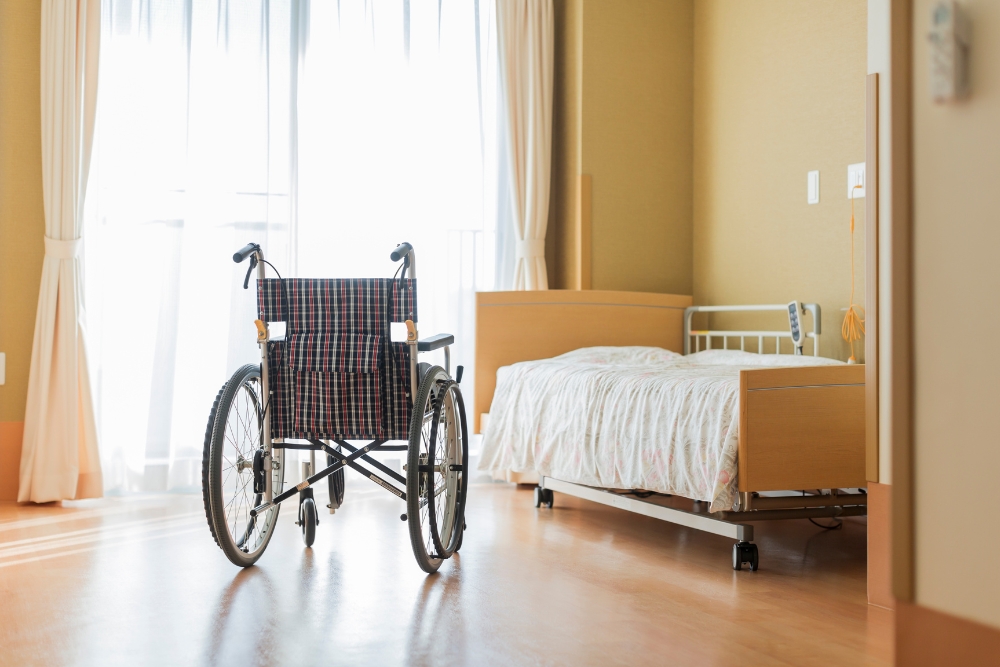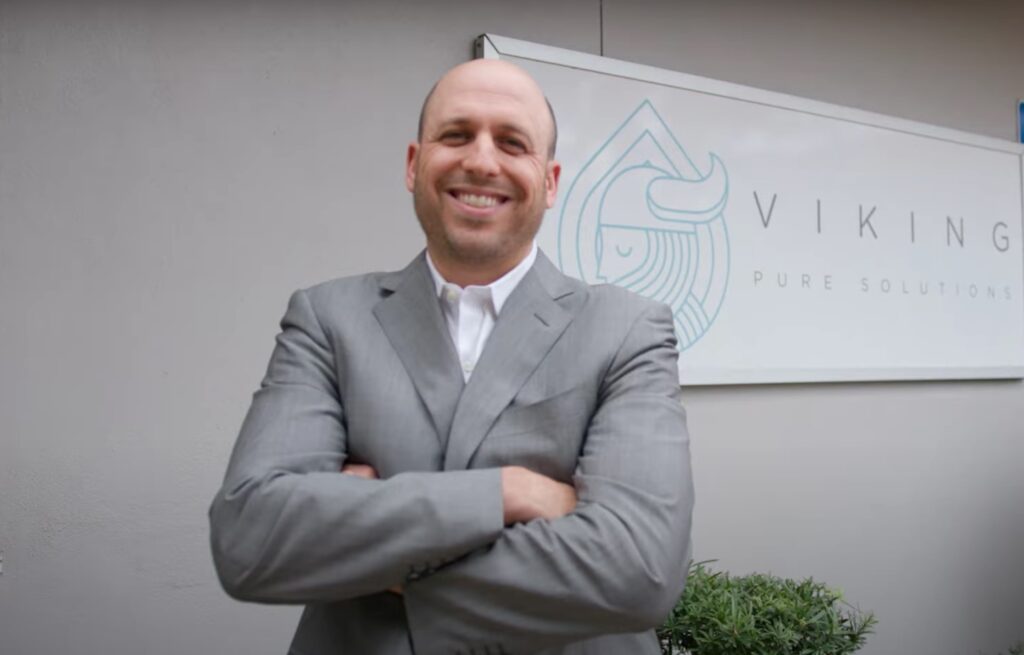Editor’s note: FM Perspectives are industry op-eds. The views expressed are the authors’ and do not necessarily reflect those of Facilities Management Advisor.
Despite continued efforts to prevent the spread of disease and infection, highly resistant “superbugs” continue to grow in prevalence worldwide.
In what’s being called a “global health emergency,” a landmark study published in The Lancet predicts antimicrobial resistance (AMR) will claim 39 million lives by 2050, with adults over 70 most at risk. To put this into perspective, that’s over five times the number of deaths from COVID-19 in the last four years.

Ongoing research from different corners of the world, including Spain and the U.S., has found that most high-touch surfaces in hospitals harbor bacteria that are both deadly and resistant to antimicrobials and common disinfecting solutions.
“Surfaces in the health care environment harbor both well-known and not-so-well-known human pathogens,” found a recent study published in the American Journal of Infection Control (AJIC), highlighting concern in hospital hygiene practices. “Several not-so-well-known pathogens are skin flora or environmental bacteria, which in the right setting, can become pathogenic and cause diseases including meningitis, brain abscess, endocarditis, and bacteremia.”
With AMR set to impact our elderly communities the hardest, how can we tackle this threat and reduce unnecessary fatalities in senior living facilities?
Stopping the Spread of Bacteria Before the Point of Infection
Despite our best efforts to prevent the spread of drug-resistant superbugs within populations and control the rate of infection, it seems current disinfection protocols aren’t helping to win the battle against AMR.
Believe it or not, the disinfectants we’ve relied on for years, like bleach and quats (quaternary ammonium compounds), are actually making the problem of antimicrobial resistance worse. These chemicals don’t always kill everything, especially if the surface isn’t cleaned properly first. Instead, they wipe out the weaker germs and leave behind the tougher, more resistant ones to survive and spread. Over time, that helps create stronger, more dangerous strains that are harder to control, exactly what we don’t want in a senior living facility. On top of that, harsh disinfectants strip away the natural, beneficial microbes on surfaces that help keep harmful bacteria in check, leaving the environment more vulnerable instead of truly clean.
A recent study across 28 nursing homes in Southern California collected swabs from 1,400 residents. Although 50% of residents were colonized with multidrug-resistant organisms (MDRO), only 13% of residents had documented MDRO colonization in their medical records.
Further environmental swabbing found 37% of items like beds, tables, and handrails were contaminated with an MDRO, showing how improperly sanitized spaces allow such superbugs to spread and silently colonize vulnerable populations.
To fight back, we need cleaning solutions that are much more effective at killing pathogens.
Hypochlorous acid (HOCl), for example, is a solution that has been proven extremely effective for the disinfection of surfaces. Not only that, HOCl is non-toxic, making it a safer alternative for staff, patients, and the environment.
The Wider Problems Associated with Reliance on Bleach
Aside from the challenge of reducing AMR, bleach adds unnecessary risk to elderly populations in other ways.
A Colorado Springs nursing home was recently evacuated after bleach and drain cleaner were accidentally mixed, releasing toxic fumes into the HVAC system.
Incidents like these rarely make headlines but are far more common than we think, and particularly dangerous in enclosed spaces housing vulnerable populations.
Clostridioides difficile, or C. diff, is a type of antibiotic-associated diarrhea. While other demographics can beat the infection, it can prove fatal for vulnerable or elderly communities.
A New Framework for Infection Control in Care
Non-toxic chemicals are one way that healthcare providers can reduce their reliance on bleach, which contributes to antimicrobial resistance and prevents the immediate spread of disease.
Electrolyzed water (e-water) produces the HOCl disinfectant and a cleaner using electrolysis technology. It is being used more often in countries like Japan, New Zealand, and Australia across a range of settings, from healthcare to commercial buildings. Similarly, in North America, we are seeing growing adoption of e-water as studies and scientific evidence continue to support it as a reliable and safe disinfectant and multipurpose cleaning solution. The result is companies turning to modernizing their cleaning practices without overhauling their operations. It begs an important question: Does it make sense to rely on chemicals that come with a warning label, when sustainable, cleaner, and more effective options are already on the market?
To push back against the AMR emergency properly, we need to go beyond bleach and rethink cleaning protocols from top to bottom. If we look closely at what’s missing in how we clean today, we can build better methods and training to stop harmful germs from spreading. That’s how we keep our most vulnerable and those who care for them safer.

Joshua Schwartz is the president and co-founder of green cleaning product company Viking Pure Solutions. This article is for informational purposes only and should not be considered health advice.

